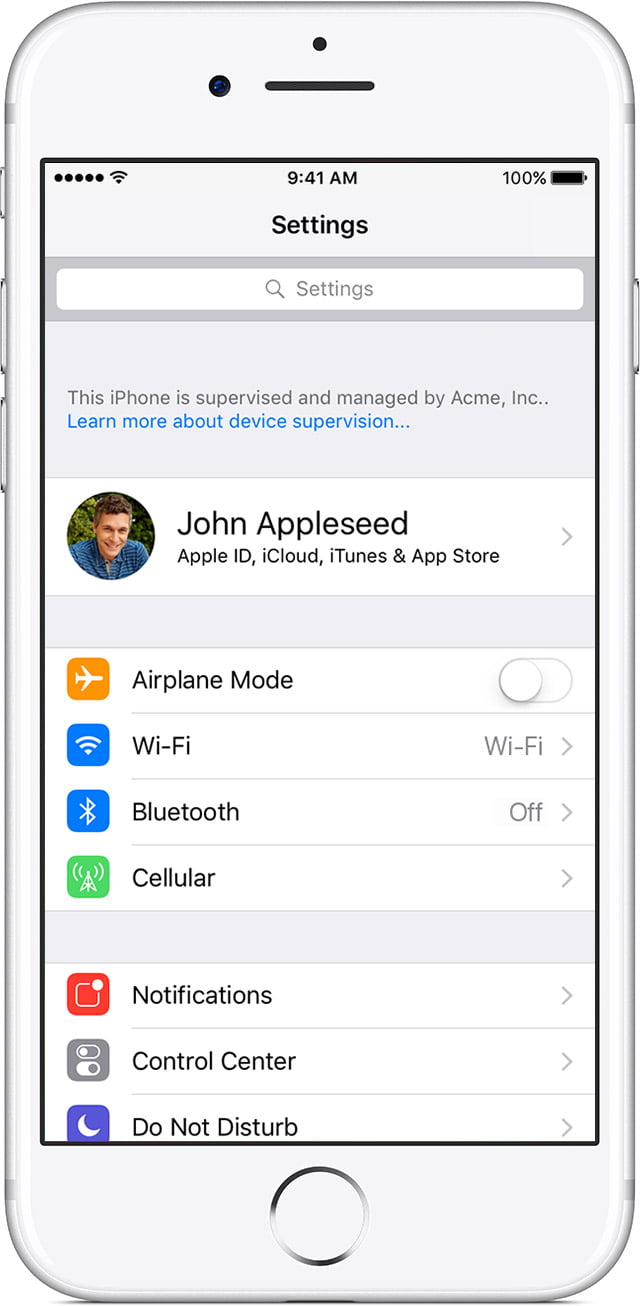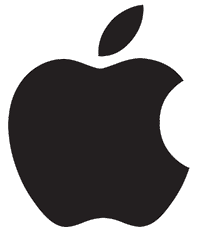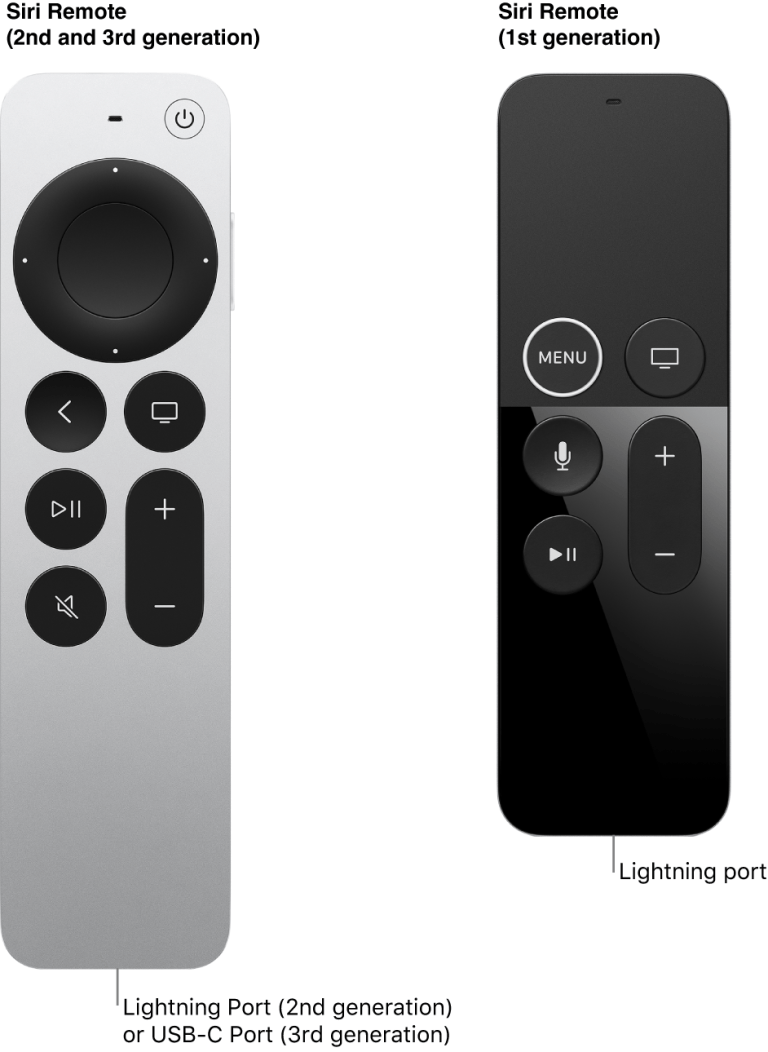this is the alternative for those who work with iPhone and iPad but without a Mac
One of the most powerful task managers (if not the most powerful) we can find right now on the App Store is OmniFocus. The Omni guys’ service has been on the macOS platform for decades, and years on iOS. However, beyond these two operating systems it has never been released. Until now, with OmniFocus Web is accessible from many more operating systems , such as Windows.
OmniFocus 3 has been the latest major release from Task Manager in recent years. It has come gradually, first in iOS and then in macOS. The point (and aside) is OmniFocus Web , a version that since a few days is available for all users who want to access, manage and organize their tasks from a web browser.
In AppleOmniFocus 3 for iOS: The most powerful task manager ever is now more versatile thanks to tags and other improvements
OmniFocus Web: what features it offers
OnniFocus Web is designed for those users who need to work with a Windows computer or any computer other than a Mac, iPad or iPhone. A “get out of trouble” version for certain situations, such as with a computer at work. A version that certainly delivers what it promises. For a few weeks I’ve been testing this version and this is what I’ve come up with:
The three views of OmniFocus Web with the sidebar or inspector.
- The OmniFocus Web interface: The Web version of OmniFocus has an easy-to-understand interface for those who’ve previously used the Mac or iPad app, for example. On the left side we find the sidebar with perspectives, in the main area the tasks of each perspective and on the right side the inspector. Both the sidebar and the inspector can be hidden if desired.
- The menu and its tools: Right at the top we have a bar with the main actions of OmniFocus Web. The icons on the left allow us to synchronize, hide the sidebar or slightly customize the current perspective. The icons on the left are for cleaning the perspective, undoing, redoing, adding a new task in the current perspective, adding a new task in the inbox or showing or hiding the inspector. In short, the basic tools we find in the macOS and iOS version.
- The prospects available: OmniFocus Web is a more limited version of the app than iOS and macOS options, simply because of the limitations imposed by a browser and because it is a first-time release. Therefore, we find only cautious perspectives available at the moment, the four essential ones for working with OmniFocus Web. These perspectives are Inbox, Projects, Labels and Marking.
Adding a task to the OmniFocus Web Inbox
- What can be done in each task: If we focus on the tasks themselves, we’ll see that the web version allows you to modify or add almost any feature that the other versions do. Within each task and from the inspector itself we can modify the type of project, add a due date, postponement date, completion date, labels, marking and notes.
The calendar in the OmniFocus Web inspector to choose a date.
OmniGroup
Apple en Instagram
Seguir
Compartir OmniFocus Web: así es la alternativa para los que trabajen con iPhone y iPad pero sin un Mac
Temas
Compartir
Comentarios cerrados
Los mejores comentarios:
Ver 2 comentarios
Temas de interés
What OmniFocus Web does not yet allow: OmniFocus Web is only a few weeks old, so it doesn’t have all the features that the iOS or macOS versions have been building up, versions that have been available for years and even decades. At the moment, OmniFocus Web does not allow you to view or create custom views, for example. It also does not have some default views such as Forecast or Review. It does not allow you to notify, add attachments or edit repetitive tasks. You will most likely implement these extra features over time.
OmniFocus Web is a version designed to do the essentials with the task manager, to get you out of a jam. With this in mind, it’s a really good and surprisingly fluid version for the web. OmniFocus doesn’t use apps developed in Electron or similar, so every app you have is native to the system you’re in. In other words, the web version is made from scratch.

Creating a task in an OmniFocus Web project
Obviously some characteristics are missing . For me it is essential to have the Today perspective, for example. I guess it will be a matter of weeks before we see new features in this version of OmniFocus.
Pricing and availability of OmniFocus Web
To access OmniFocus Web, simply go to web.omnifocus.com and log in with your Omni account . No matter what browser you’re using, it works fine in most browsers.
Omnifocus Web access page.
As for the price, OmniFocus Web requires a subscription . When the service was announced, the creators explained why, there are their own servers to maintain. Unlike the macOS and iOS app, the Web version relies entirely on Omnifocus and not on Apple’s devices and servers. There are two subscriptions:
- Subscription to everything: Designed for those who want to have all versions of OmniFocus on all platforms. This subscription unlocks the Pro version in all apps and also provides access to the Web version. It costs $10.49 per month or $103.99 per year. It’s now available as an in-app purchase in the iOS app.
- Web only subscription: For those who already have the app purchased for iOS or MacOS or Pro versions of these. This subscription provides access to the web version only. It costs 5.49 euros per month or 54.99 euros per year. It will be available soon.
Does it compensate or not? For those who have used OmniFocus before, you know it’s not just any task manager, but a tremendously customizable, complete and stable one. It’s a tool that compensates for its price because generally pays for itself in the use it gets . My recommendation is always to try the 14-day trial version to make up your mind.
More information






